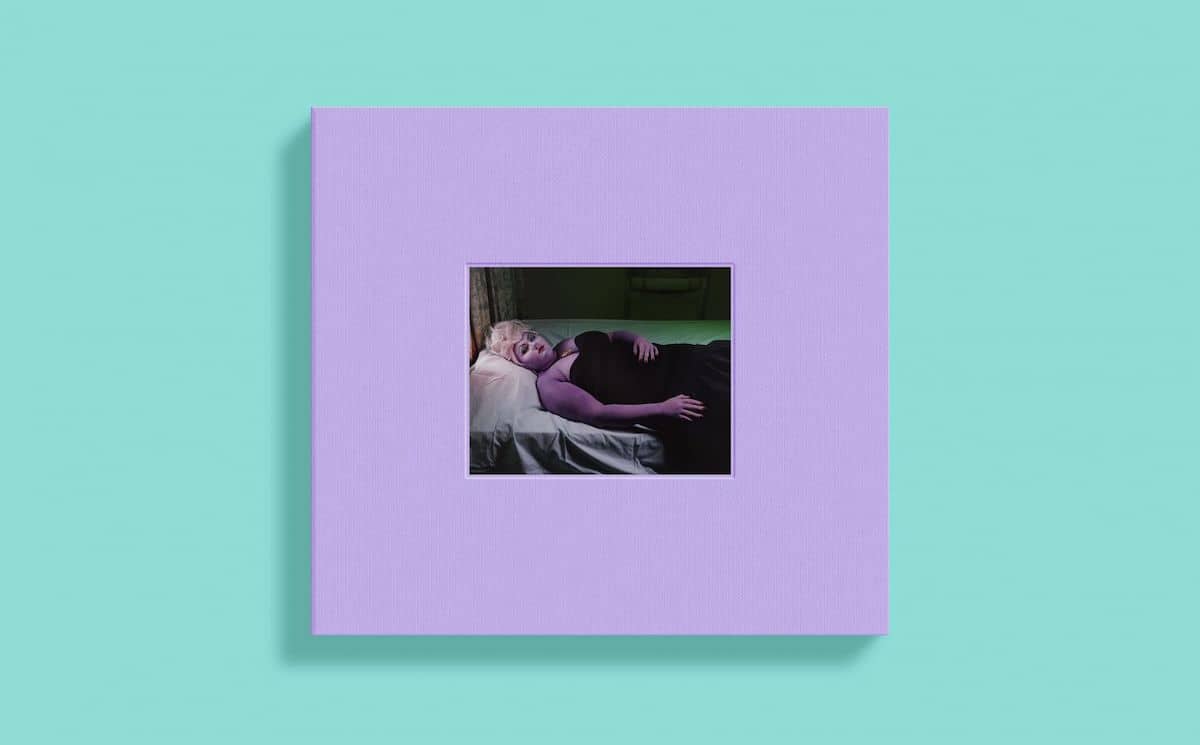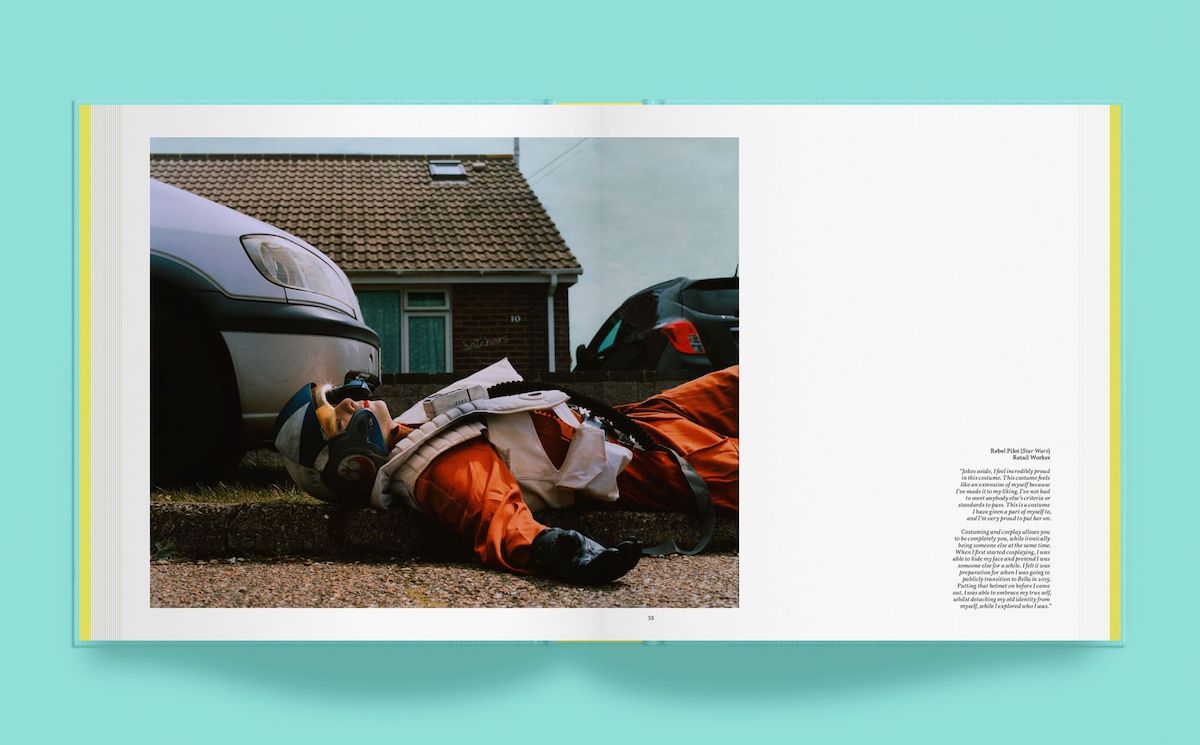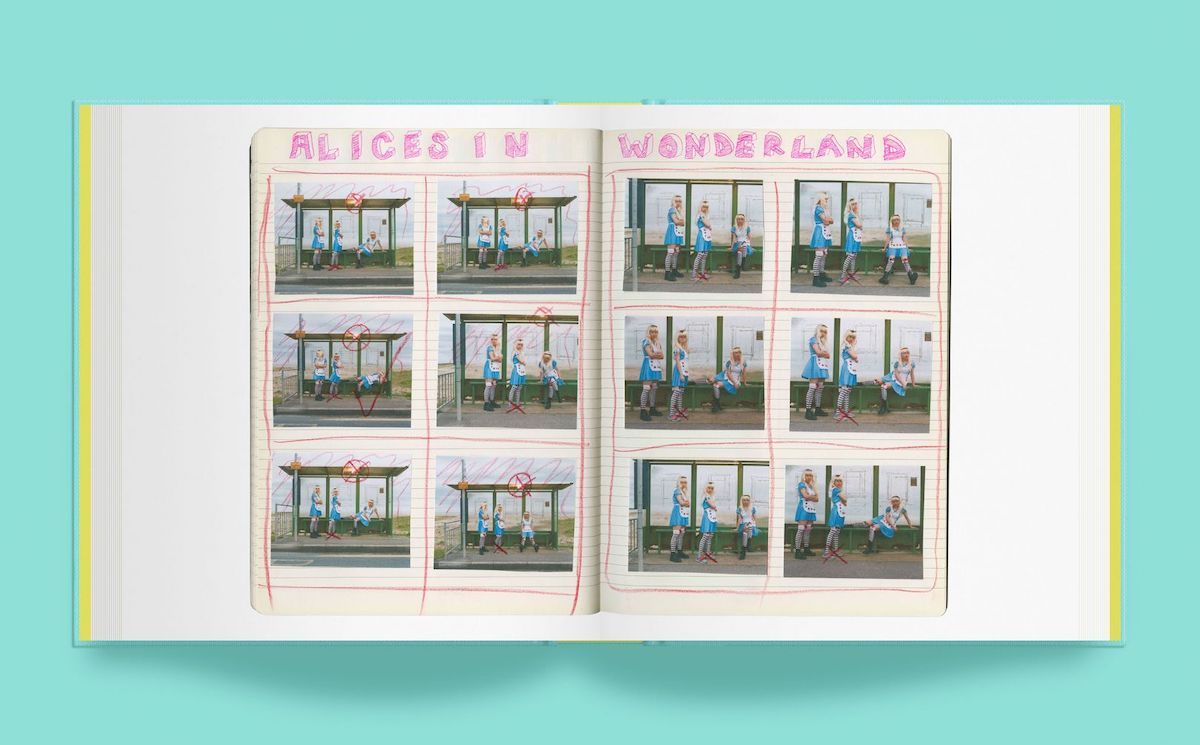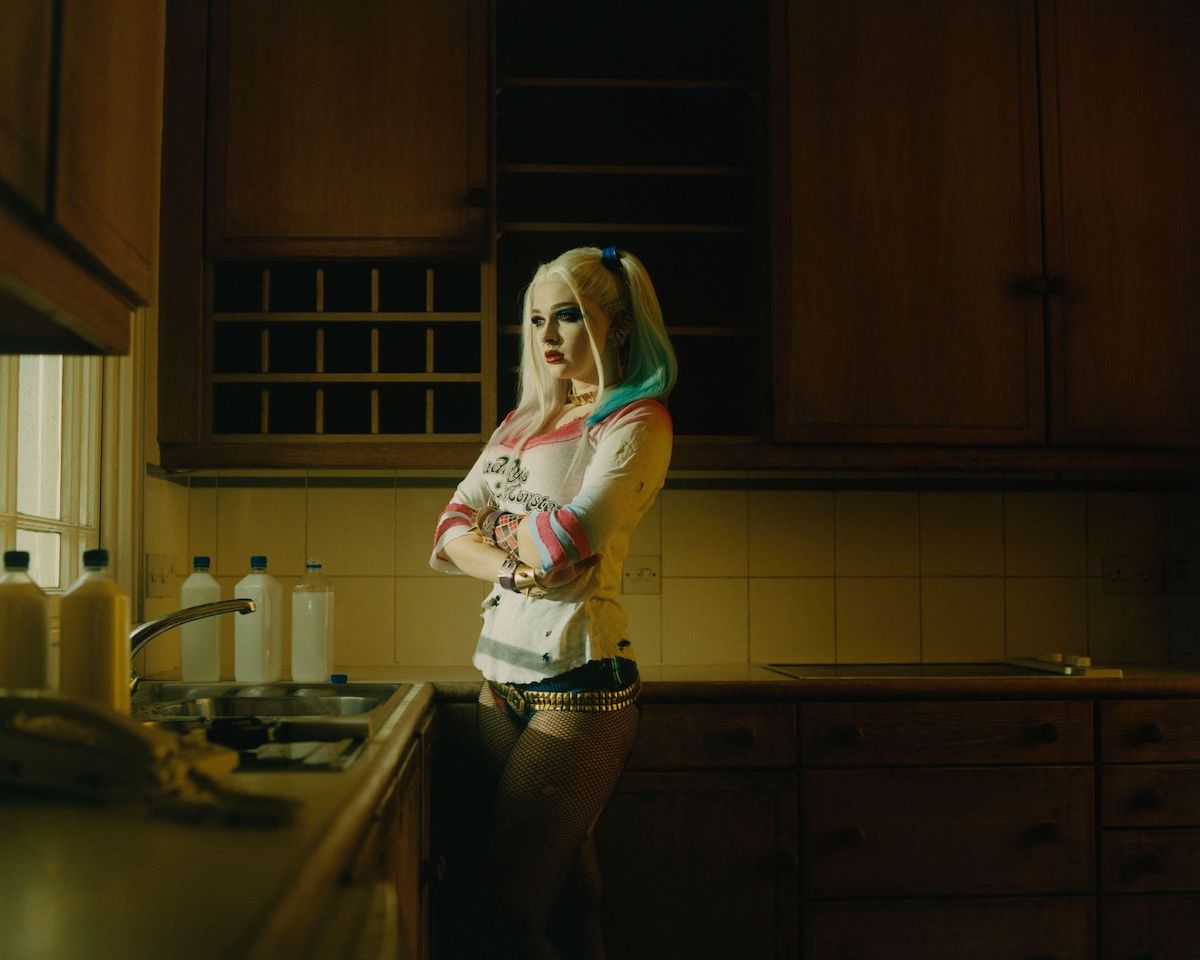
Photographer Thurstan Redding was working primarily as a fashion photographer when he had two memorable encounters with cosplayers in the wild. For the first time, the folks dressed in costumes of characters from popular culture came on his radar. Previously, he was aware of the practice, but he “hadn’t ever fully engaged with it.” That changed as he worked on his three-year-long project Kids of Cosplay, which is now a book to be published by Volume in the winter of 2022.
Kids of Cosplay has a different take on the hobby than we are used to. Typically, cosplay costumes are reserved for comic conventions—the places in which many cosplayers get their start. But Redding decided to change the context of where we see these folks. Their ingenuity is admired outside of convention centers and in the everyday world. Harley Quinn (from the Batman universe) is seen starting out of a kitchen window while a group of C-3POs (from the Star Wars franchise) are posing roadside next to an empty field.
The decision to photograph the cosplayers in unassuming locations adds a bizarre layer to the work as we don’t expect to see people dressed in full costume in everyday life. It also functions as a way to pay homage to the incredible costumes. Redding selected the cosplayers because of their incredible outfits and wanted the effort they put into their costumes to match the settings he put them in. The results tell a story while putting cosplay front and center.
Kids of Cosplay is now available for preorder on the Volume website. We had the pleasure of speaking with Redding more about his project, including what he thinks we can learn from cosplayers. Scroll down to read his exclusive interview with My Modern Met.
In his series Kids of Cosplay, photographer Thurstan Redding snaps portraits of cosplayers in everyday settings.
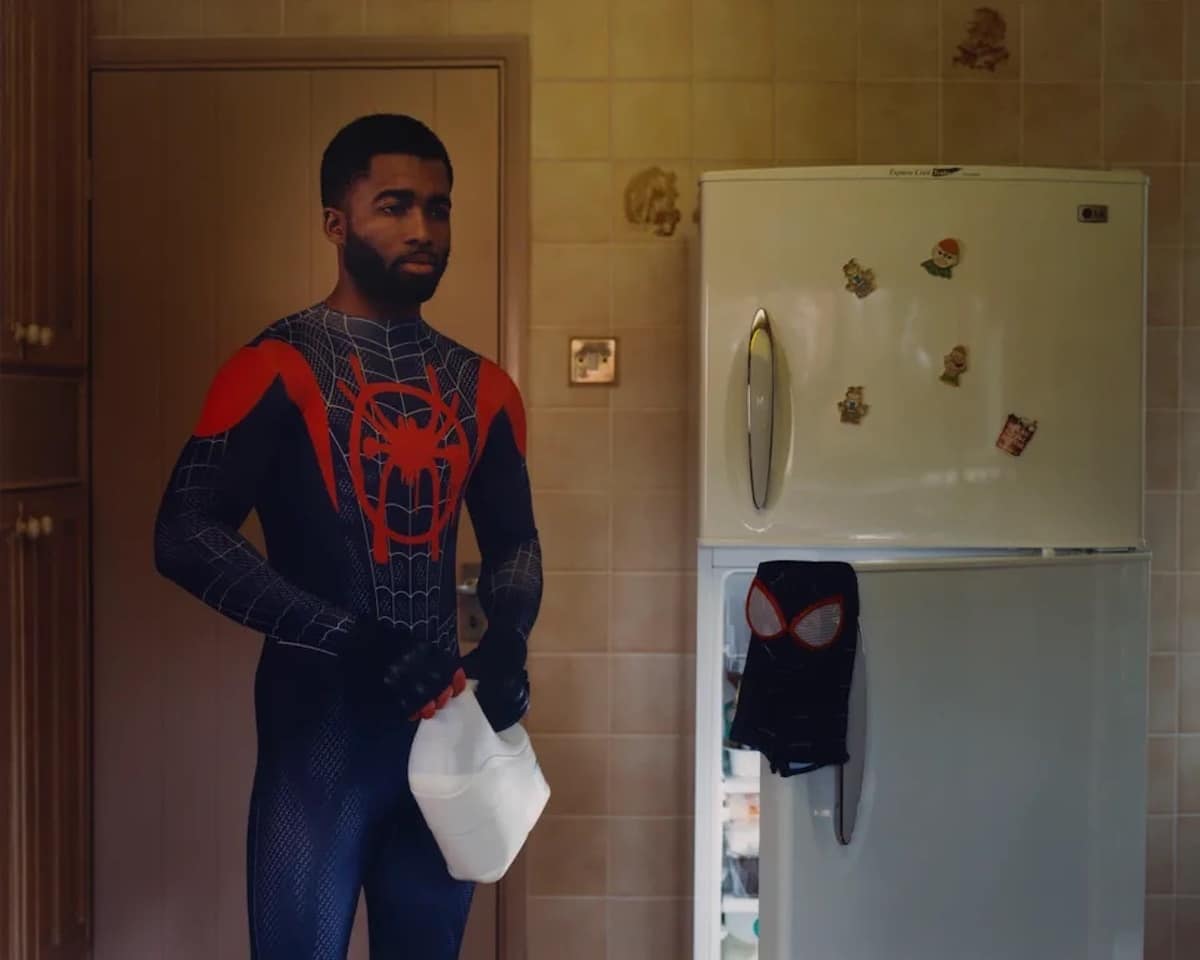 When did you first become interested in cosplay?
When did you first become interested in cosplay?
I first became interested in cosplay after bumping into a cosplayer in Los Angeles while I was on assignment there, and then again on the DLR [train] in London—up until that point I had been aware of cosplay but hadn’t ever fully engaged with it.
How did Kids of Cosplay come to be?
I’ve always known that I wanted to work on a book—ever since starting photography. I also knew that I wasn’t particularly interested in working on a retrospective of my earlier work, as I really wanted to use the opportunity of working on a book to do something very focused and specific to a community. I found the idea of doing something almost like a sociological study very appealing.
When I started paying closer attention to cosplay it really became an obsession, to the point where I felt very comfortable dedicating a huge amount of time and effort to it—which is very important when starting on a book as the time commitment is huge.
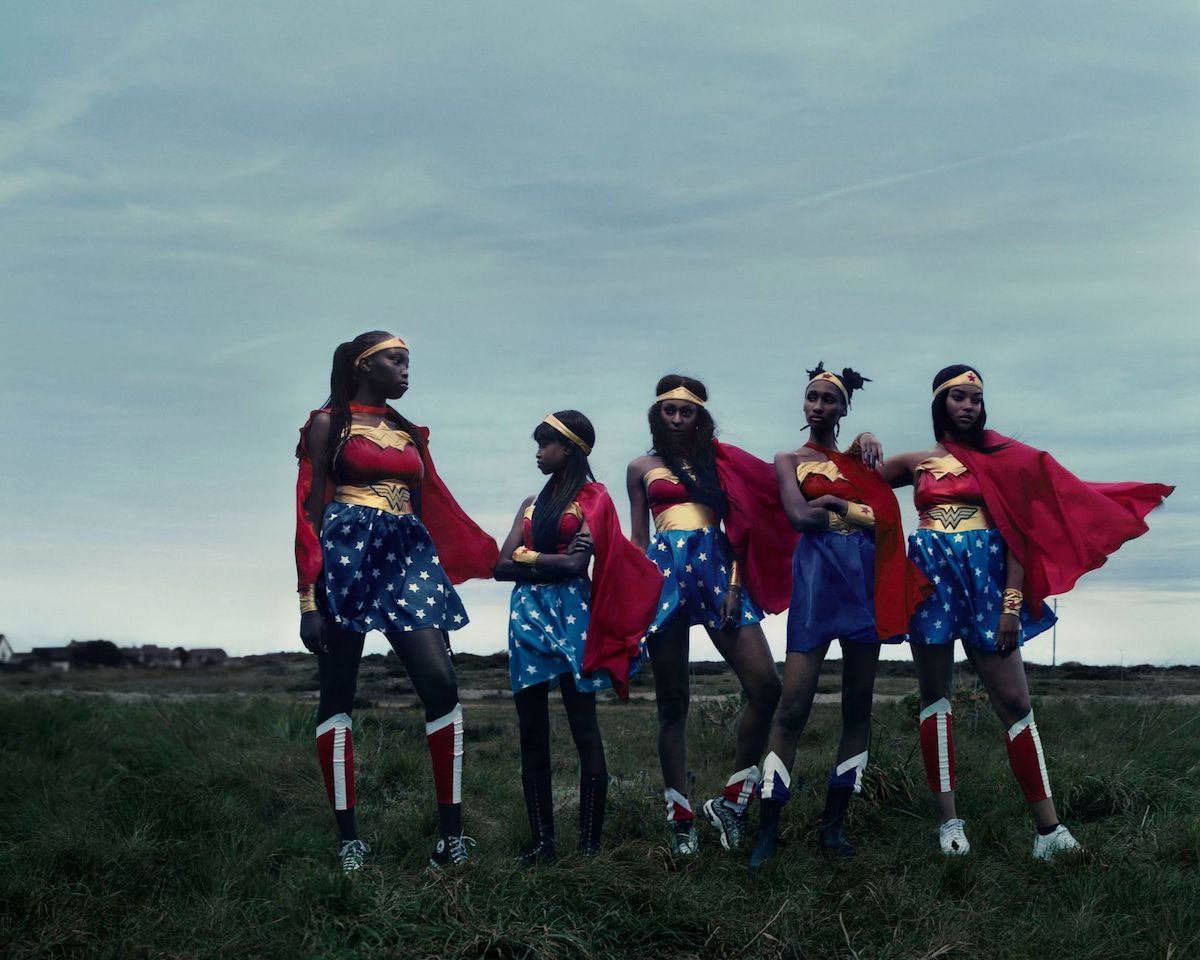
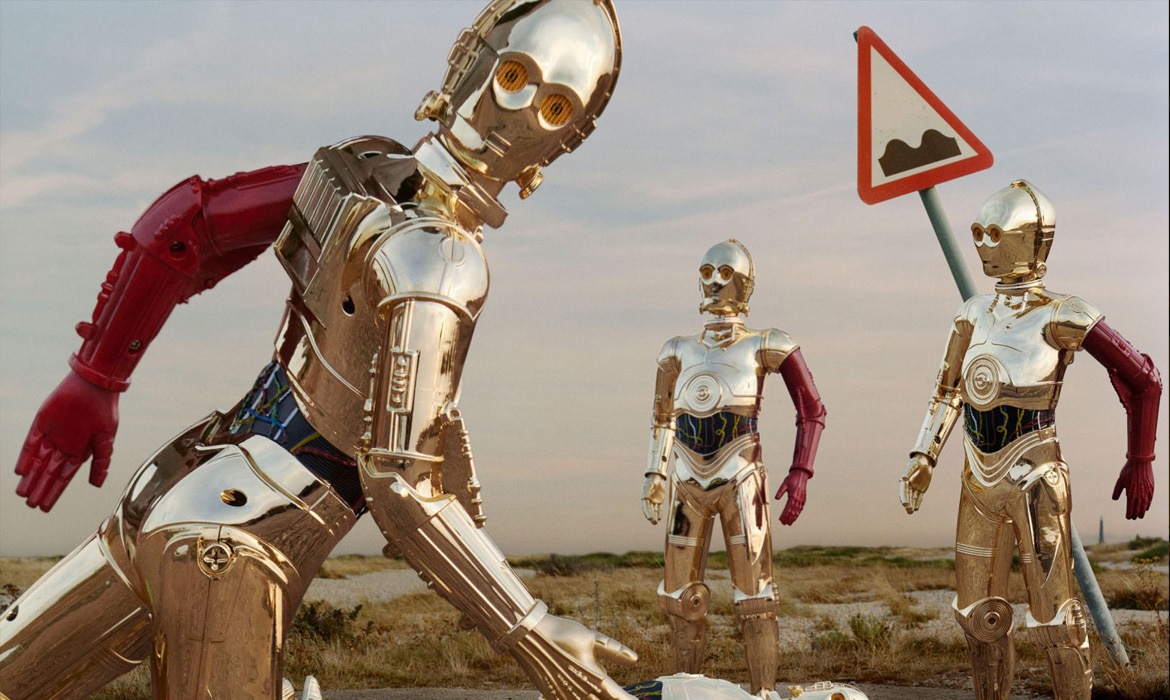 What kind of research and preparation went into the book?
What kind of research and preparation went into the book?
Once I was set on the subject matter, I started a process of visual research on the look and feel I wanted for the project, as well as a lot of historical and sociological research on the meaning and origins of cosplay. There was also a long casting process, and all the cosplayers had to be shot in specific locations—which is why it ended up taking three years.
What interests you, in general, about cosplay?
I think the effort cosplayers put into their costumes was initially what I found so interesting—coming from a fashion background, it was amazing to see that such dedication to detail in clothing existed outside of the fashion industry. The approach cosplayers had to their costumes was also interesting: as opposed to something that’s disposable, the costumes are constantly upgraded and tweaked over time, and continuously improved. I also loved seeing how characters that are so famous and so familiar to so many were being interpreted in completely new ways.
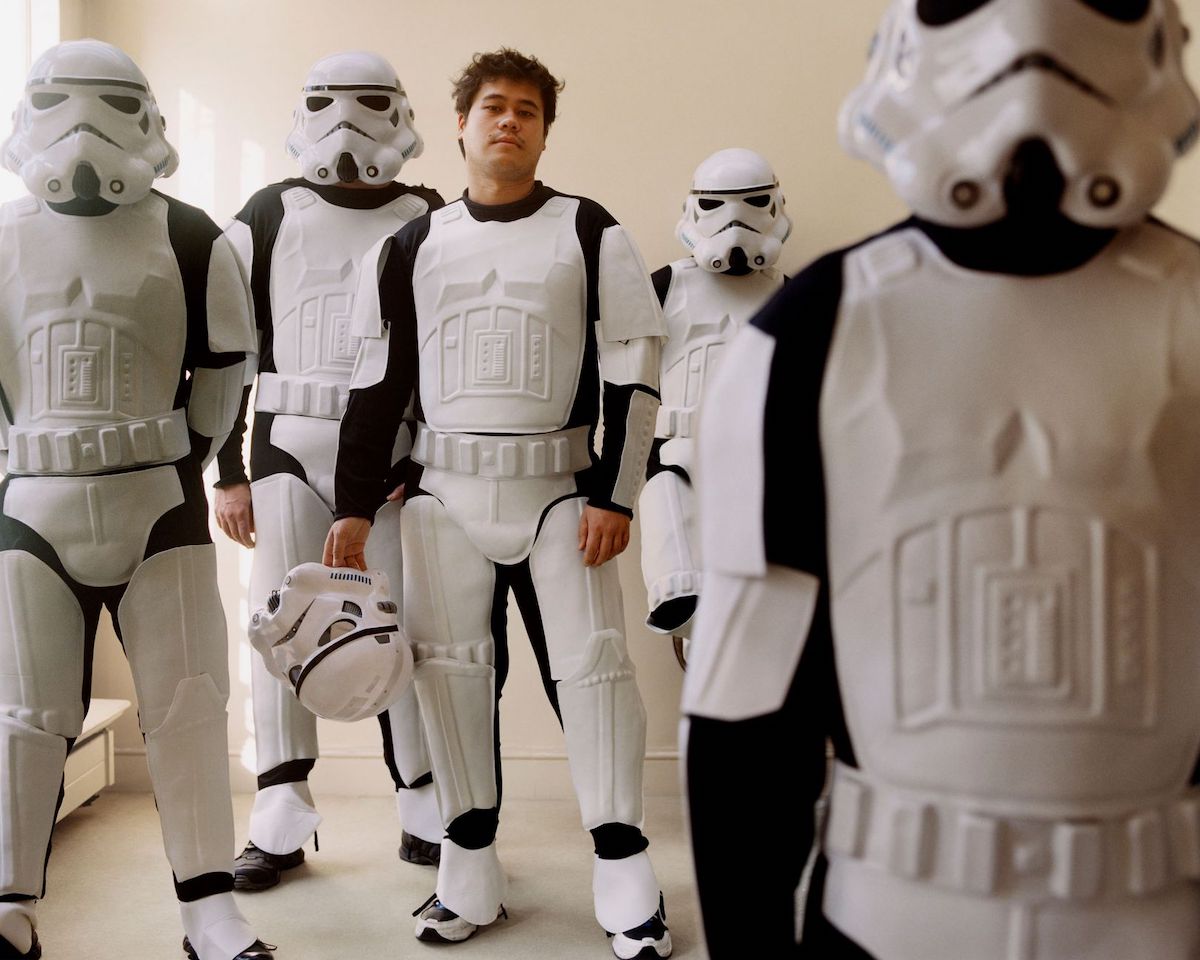
 The choice of setting—placing the cosplayers in everyday locations—is different than the countless images snapped while they’re at conventions. What inspired this choice?
The choice of setting—placing the cosplayers in everyday locations—is different than the countless images snapped while they’re at conventions. What inspired this choice?
This came mainly from the fact that I was really interested in seeing cosplayers in the real world—that juxtaposition is something I found so arresting but that became totally lost when shooting cosplayers at conventions. I also felt that the cosplayers were putting so much effort into their costumes, and therefore that an equal amount of effort really needed to be put into the choice of locations. I initially wanted to shoot the entire project at a convention, but then realized it really didn’t feel like it was making justice to the cosplayers. Suburbia is also something I feel deeply attached to, as it’s how I grew up, so including it in the book felt like it made sense.

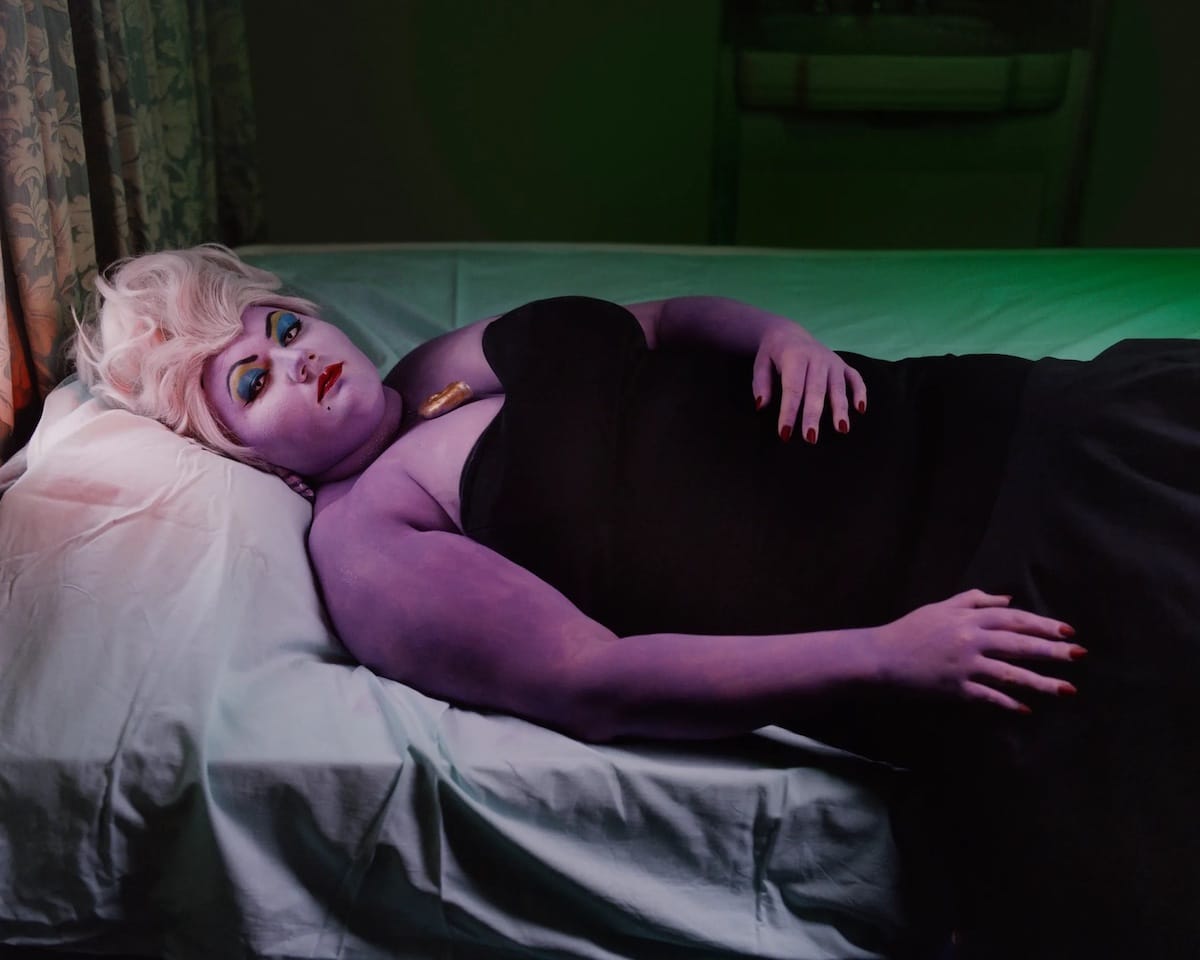 What do you intend for readers to take away from Kids of Cosplay? Is there a particular message you hope it inspires?
What do you intend for readers to take away from Kids of Cosplay? Is there a particular message you hope it inspires?
It’s interesting because the main response has really been a sense of melancholia. I think cosplay really confronts us all with the fact that the act of dressing up simply for entertainment really disappears as we grow older. Of course we still dress up for special occasions, but the feeling of escapism it provides isn’t the same—I think that’s what’s so touching about cosplay. It really is a pure form of escapism.
What can non-cosplayers learn from those who dress up?
That we are never too old to still be having fun.
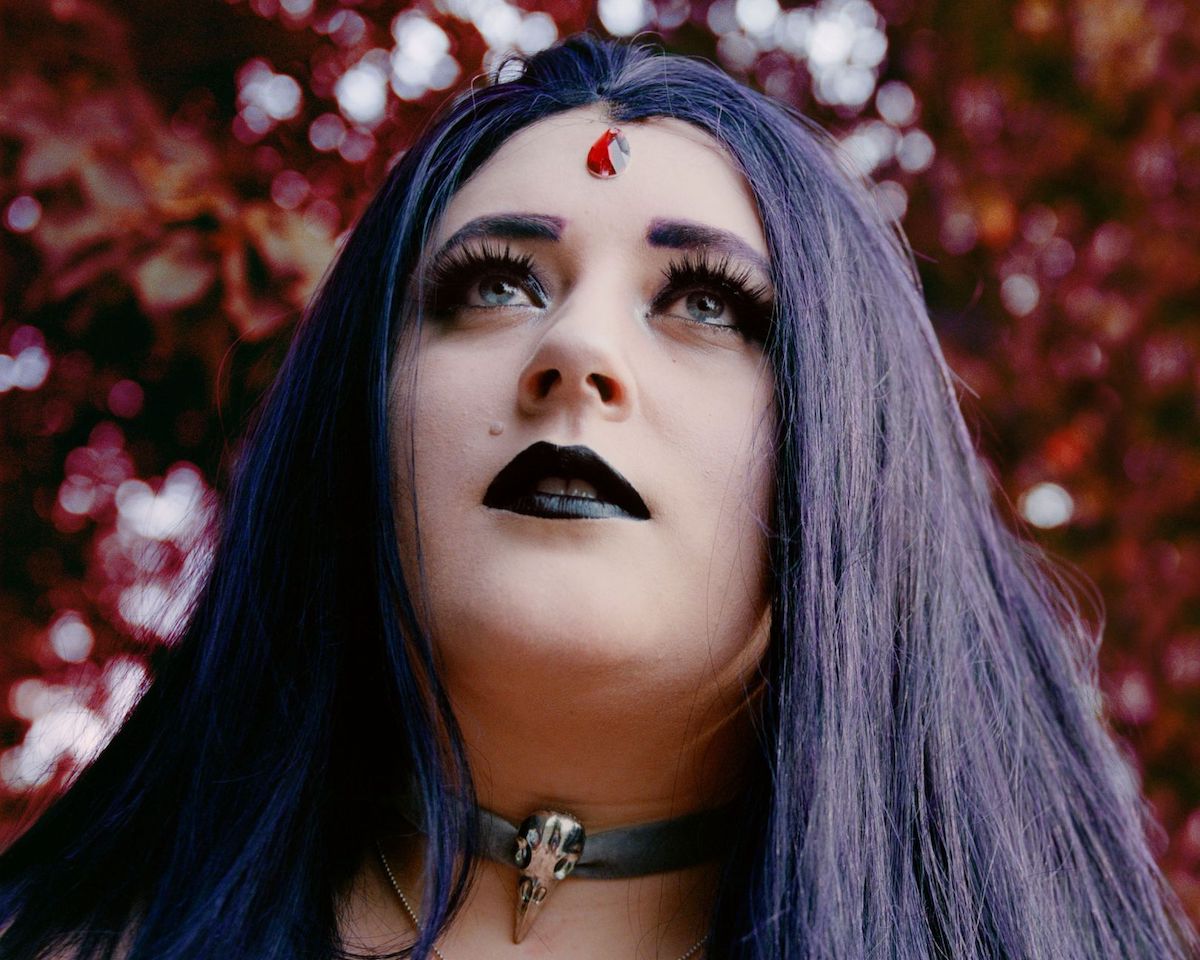
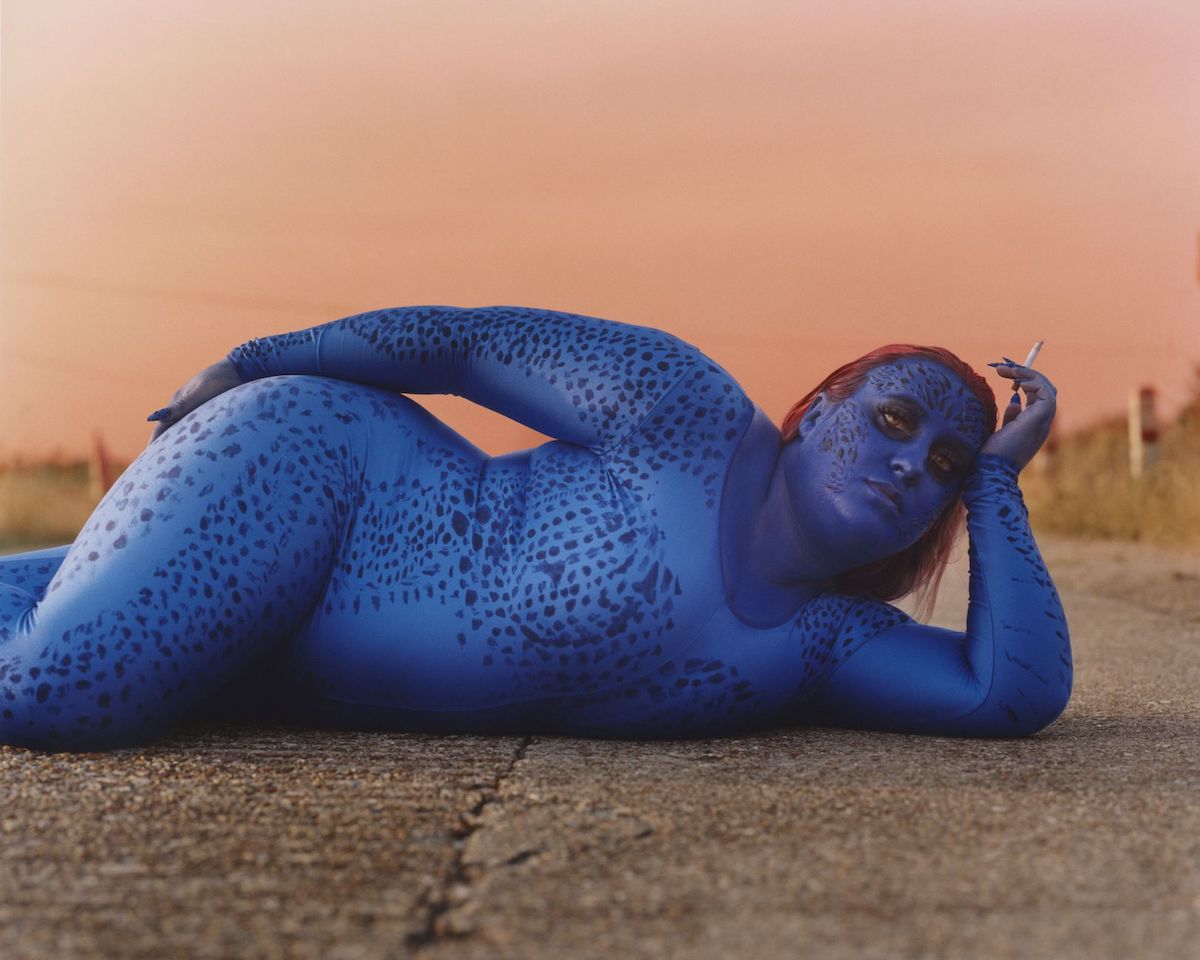 And finally, what are you working on now? Anything exciting you can tell us about?
And finally, what are you working on now? Anything exciting you can tell us about?
There are a lot of new projects this year as I’ve been able to focus on my other work again since the book has been finalized—however, I’m probably most excited about my second book! I don’t intend on really starting on it for a while, but I have started the research process for it.
Kids of Cosplay will be released later this year by Volume.
